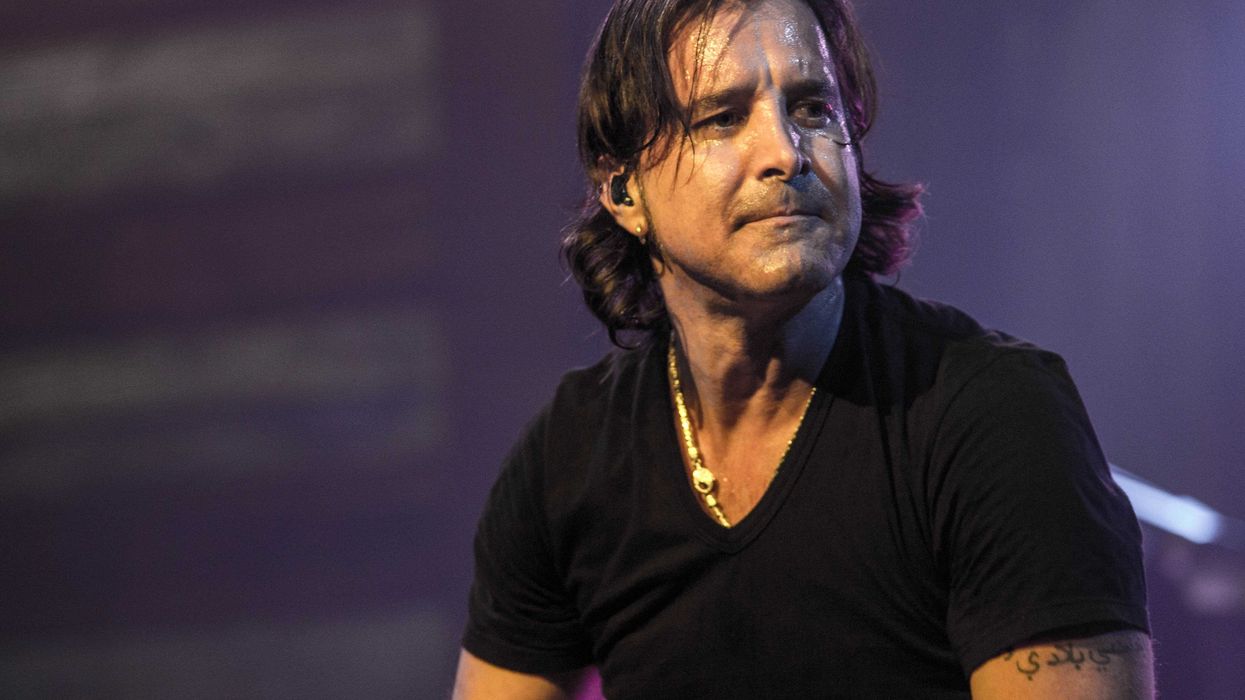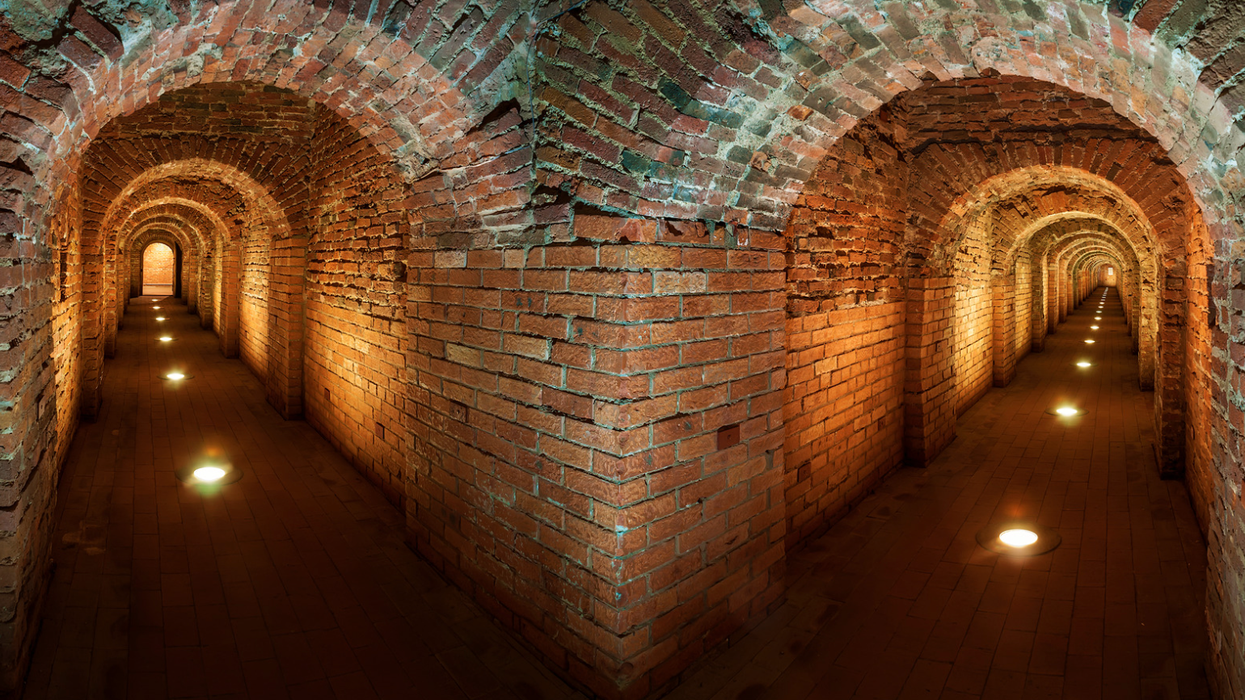Close your eyes and picture an electric vehicle. Ok, was it small? Expensive? Both? A lightweight hatchback, perhaps? Maybe a sporty Tesla? Here’s what it probably wasn’t: a bus.
But maybe it should be. Buses—yes, those hulking, huffing hunks of metal—are set to lead the electric vehicle transition. Within a few years, it’s likely that electric buses will carry more Americans every day than electric cars.
Buses don’t seem like the obvious candidate for electrification (40 feet long, weighing over 10 tons, carrying dozens of passengers), at least to those who have bought the Big Oil talking points that electric cars must be little tin cans that can’t tow a load. Yet, electric buses have been quietly proving their capability, reliability, and durability over the past few years and are poised to breakout and take over city transit fleets.
At the Collision Conference in New Orleans last week, I sat and watched Ryan Popple, president and CEO of Proterra, an electric bus manufacturer, show a video of their newest model as it logged 603 miles on a single charge of its massive battery pack. On city streets, loaded with passengers in real world driving conditions, Popple said, these Catalyst e2 buses can travel 350 miles, which more than covers the vast majority of urban bus routes. (For my fellow energy dorks out there, the battery packs on these buses hold between 440 and 660 kilowatt-hours of charge. For nonenergy dorks, the Nissan Leaf has a 30 kWh battery and the Tesla Model 3 is rumored to top out at 75 kWh.)
But do they really work in the field? I followed up with Matt Horton, Proterra’s chief commercial officer, who told me that 40 cities have now ordered buses, and there are already 100 fully electric Proterra buses carrying passengers all around the country, from Chicago, Illinois, to Louisville, Kentucky, to Seattle, Washington, to Seneca, South Carolina.
In practice, the consistency of city bus routes makes mass transit just about the ideal application for battery-powered transportation. “City buses drive on predictable routes every day,” Horton explained. “You know how much energy you need, how much you’ve got. You know what the routes will be.” The e2 buses charge their big batteries overnight, and then drive their route uninterrupted all day. (Some other Proterra buses offer fast charging—10 minute bursts of an intense wattage—for the less common transit routes that need 24/7 service.)
What about cost? Are these just expensive green vanity projects for cities like San Francisco and Portland? Not so, said Horton. “Electric buses are already more cost effective to buy and operate today. There’s huge fuel savings and maintenance savings.” (Vehicles powered by internal combustion engines need regular oil changes, as well as routine service for transmission fluids, spark plugs and wires, exhaust systems, engine belts. Electric cars require none of that.) The total cost of ownership over the life cycle of the bus—including purchase, fuel, and maintenance—is 18 percent lower for electric buses than it is for diesel of compressed natural gas, according to stats Proterra has gathered from its customers.
According to Horton, nearly all transit authorities already understand that electric buses are more economical. The two factors holding up widespread deployment are range and reliability. Proterra buses now have more than 3 million miles logged in actual mass transit service, and are proving plenty reliable. As for range, the “e2 models now provide range capability that will completely eliminate range anxiety in public buses,” Horton said. “They eliminate all excuses for cities to continue to use fossil fuels.”
They also clean up the air on city streets. According to the Respiratory Health Association, exhaust from diesel buses contains more than 40 toxic air contaminants, carcinogens, ozone smog-forming compounds, and fine particulate matter (otherwise known as soot). These diesel emissions cause hundreds of thousands of asthma attacks, thousands of heart attacks, and thousands of premature deaths every year in cities all around the country
“Cities across America have realized that local air quality is important to them. City councils, mayors, and transit boards want to see the air cleaned up and eliminate the stigma of the black plume of diesel smoke that’s associated with the bus,” Horton said.
Proterra isn’t the only company helping clean up bus transit. A Chinese company, BYD (Build Your Dreams), has already delivered hundreds of electric buses to cities in Washington and California. If anything, the competition is proof of a market that is growing.
Horton is expecting that it will grow fast. “We believe it’s possible that in the next 10 years, all new bus sales will be electric,” he said.
















 Otis knew before they did.
Otis knew before they did.